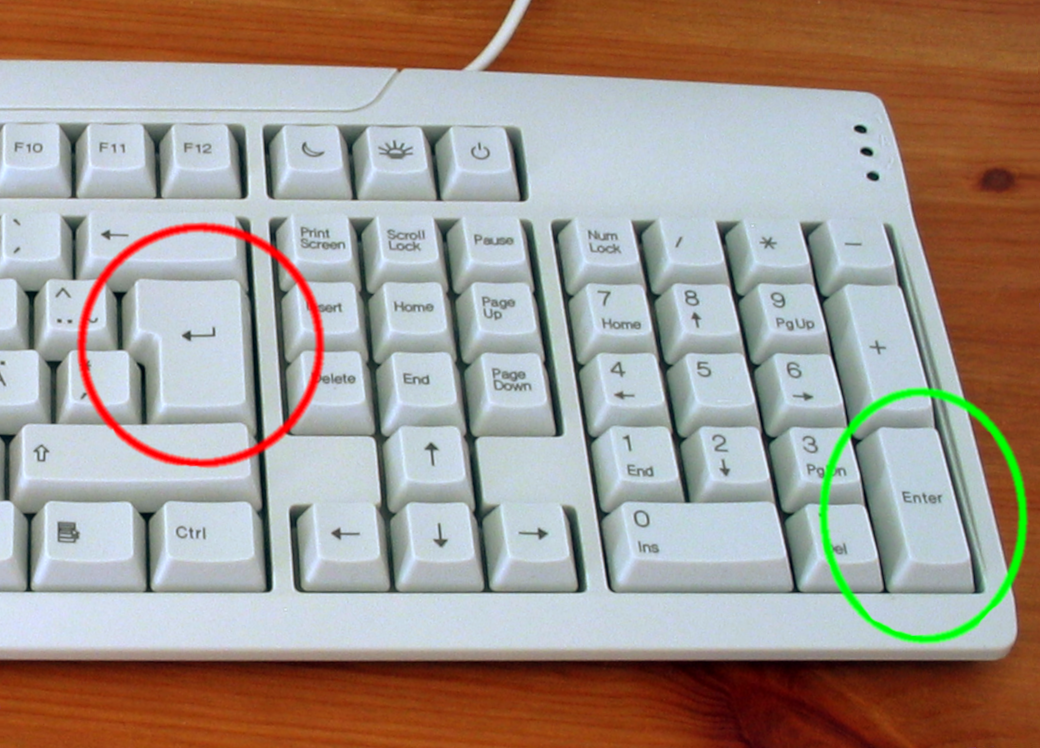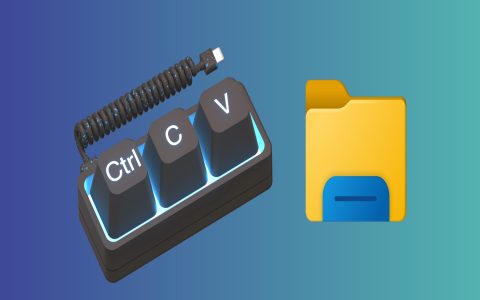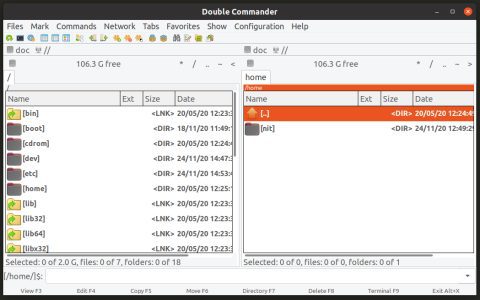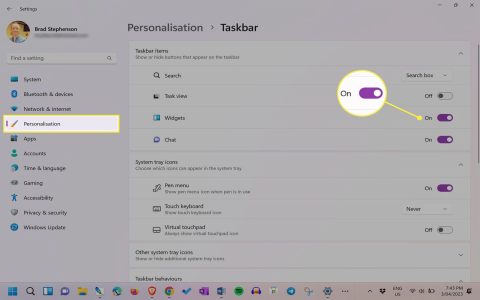Understanding The Keys
The Return key and Enter key serve distinct roles on keyboards, with roots in typewriter history and computer interfaces. While often conflated today, their designs cater to specific input functions.
Key Differences At A Glance
- Return Key: Positioned on the main keyboard area, typically with a "Return" or "Enter" label in some contexts. It originated for carriage returns on typewriters and executes line breaks or new paragraphs in text editors. Primarily for advancing to the next line without submitting data.
- Enter Key: Located on the numeric keypad section, usually marked "Enter." It evolved for confirming entries in numerical contexts, such as spreadsheets or calculators, emphasizing command execution or form submissions.
Functional Nuances
In text-based applications like word processors, the Return key creates soft line breaks. Conversely, in data-heavy environments such as spreadsheets or command prompts, the Enter key triggers hard confirms, processing inputs immediately. This distinction persists despite overlapping behaviors in modern software.
Modern Keyboard Evolution
Contemporary compact keyboards often merge both functions into a single "Enter" key, especially on laptops. However, in full-sized keyboards, retaining separate keys allows efficiency in specialized tasks, e.g., using the Enter key on a keypad for rapid data entry. Software defaults adapt to these labels for consistent behavior across platforms.

Key Takeaways
Recognize the Return key for text formatting and the Enter key for decisive actions. Although blended in design today, leveraging both optimizes workflow in multi-task computing scenarios.












